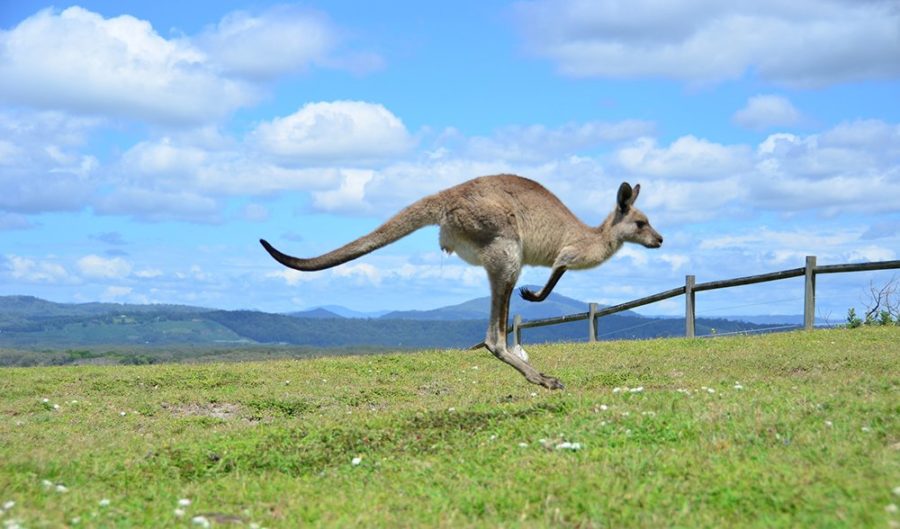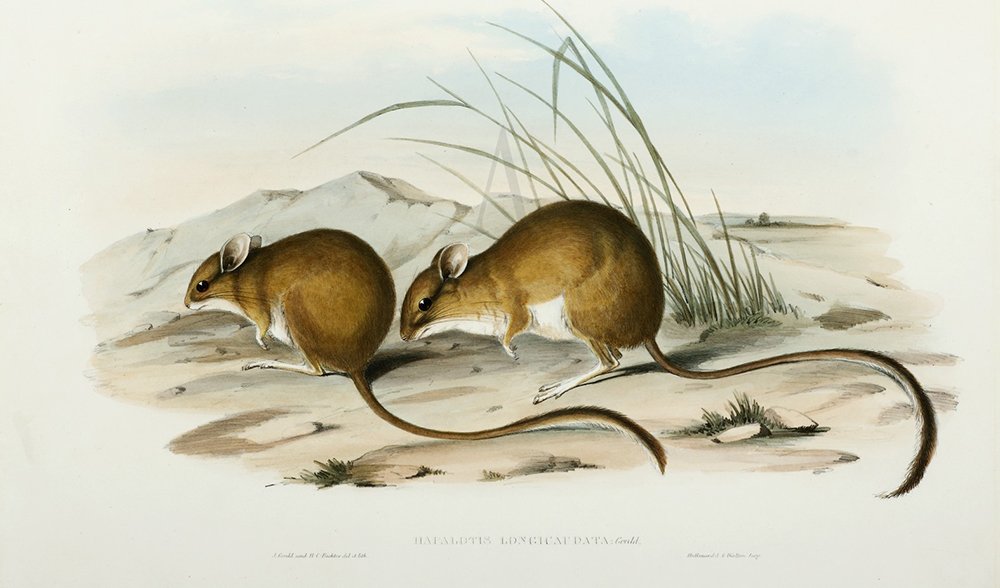Why is Australia so hopping mad?

Lots of hopping happens in Australia. We have millions of kangaroos, the only large animals in the world that rely on hopping, and many of our smaller mammals hop as well.
Hopping on two legs might seem a quirky way to get about, but that’s only because most mammals don’t do it. Humans are very poor hoppers, and when athletes do the high jump they perform the Fosbury Flop, directing the head over the bar before the feet rather than jumping over as a kangaroo would.
Old ideas about marsupials as ‘primitive’ can fuel suspicions that hopping is an inferior mode of travel. It is anything but. Treadmill studies show that at speeds above 6km/h it is energetically the cheapest mode of travel. A fleeing kangaroo can increase its speed without expending more energy by upping the distance between landfalls. The woylie (or brush-tailed bettong) can reach more than twice the speed predicted for a typical mammal of its size. The desert rat-kangaroo, weighing less than a kilogram, could outrun horses over distances of up to 20km.

Hopping has evolved twice in Australia – in the macropods (kangaroos, wallabies and bettongs) and in hopping mice. Macropod means ‘big foot’. Outside Australia the largest mammals dedicated to hopping are Africa’s springhares, weighing only 3-4kg. I have seen them at night and they look remarkably like Australia’s bettongs, but with floppier tails. Some lemurs also hop when they move between trees.
Hopping in kangaroos does have a drawback – it is inefficient at low speeds. Long heavy feet are inconvenient below 6km/h. When foraging, kangaroos perform the pentapedal walk rather than hopping. The forefeet are placed on the ground and the hind feet are lifted forward using the tail as a “fifth leg”. Our hopping marsupials do a lot more feeding than travelling so they spend far more of their life walking on five “limbs” than hopping.
Sixty thousand years ago, Australia had giant kangaroos up to three times the size of the largest alive today. Their skeletons suggest that these browsers had an upright stance and strode around rather than hopping. In large animals leaping places great stresses on tendons.
Our smaller hopping mammals have done badly since foxes and cats were imported. Having more speed than horses did not stop the desert rat-kangaroo going extinct, along with another seven small macropods. Foxes and cats are not swift but are masters of stealth. Five out of our 10 species of hopping mouse have also gone extinct. Sadly, there is far less hopping happening today than there should be.
Tim Low is the author of the award-winning book Where Song Began. Follow him on Twitter @TimLow5.

